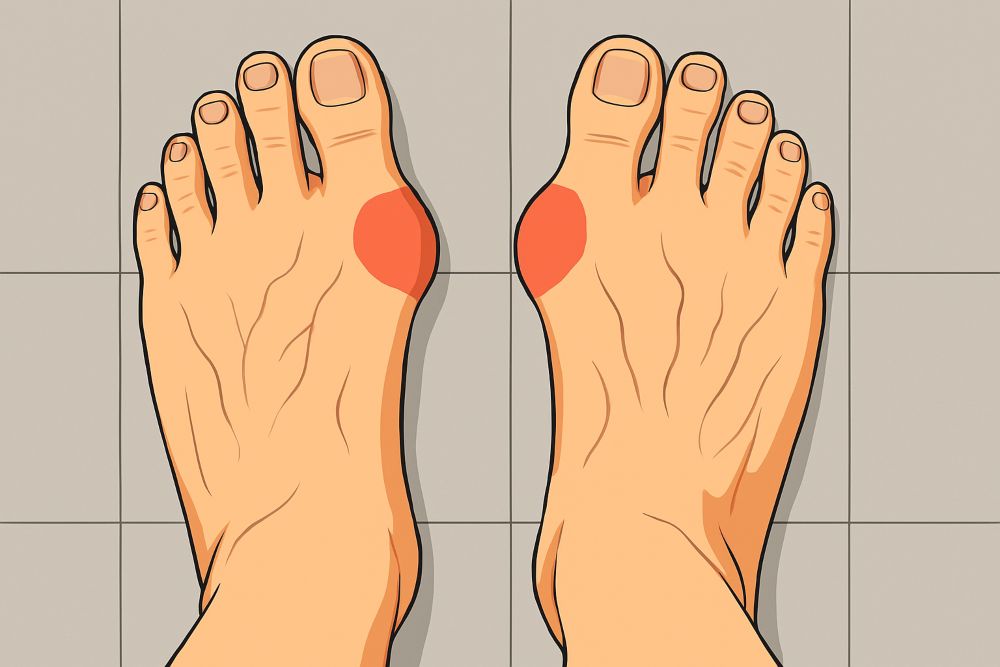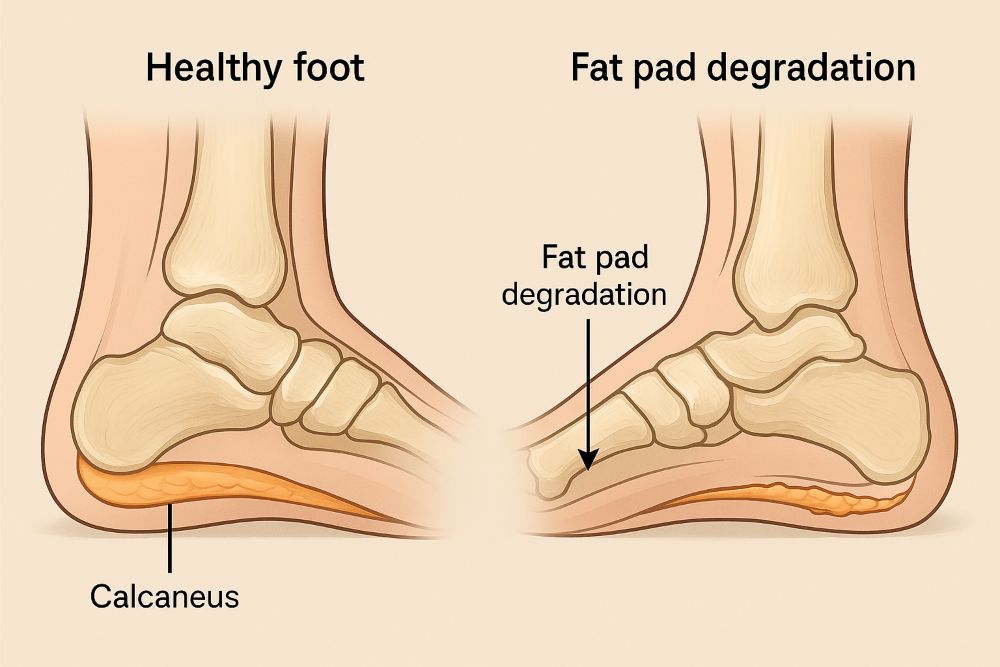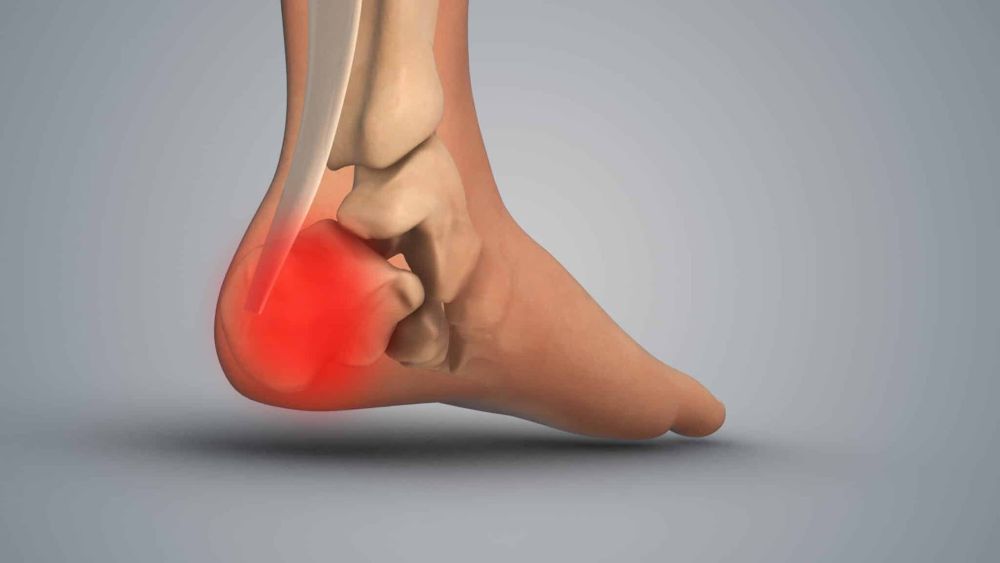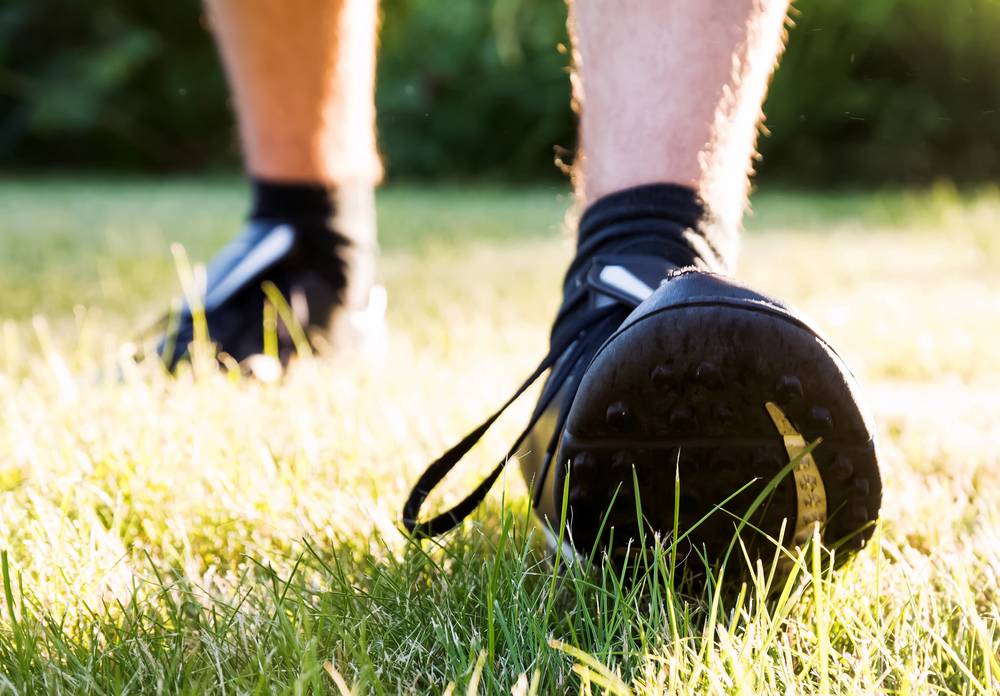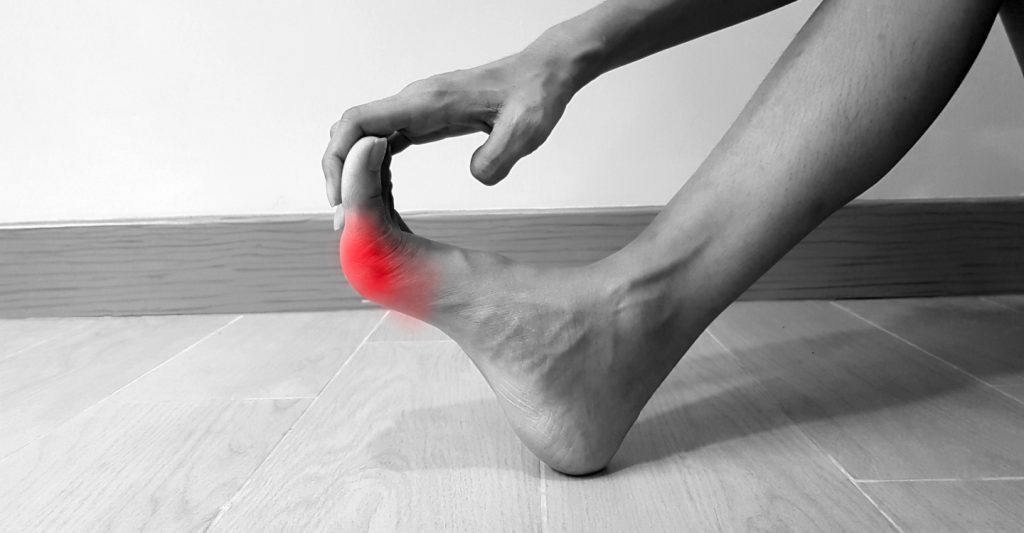
This week in major league baseball, Franklin Gutierrez of the Seattle Mariners found out that he has plantar fasciitis. Though upsetting for Mariner fans everywhere, this is really not that much of a surprise. Athletes are at an increased risk of developing plantar fasciitis, a condition that already affects an estimated two million people in the U.S every year.
An incredibly common condition, plantar fasciitis is the inflammation of the thick tissue in the heel, called the plantar fascia. This tissue connects the heel bone with the heel and runs along the arch of the foot. People who suffer from this condition experience a great deal of pain in their heels, especially right after getting out of bed in the morning.
Why are athletes so prone to plantar fasciitis?
Plantar fasciitis can develop from overuse. While everyone uses their feet every day to get from point A to point B, athletes are on their feet all the time. Older athletes, those who are overweight and runners who are going long distances at a time are at the biggest risk of getting plantar fasciitis as they are putting even more mileage on their poor feet.
While common, a diagnosis of plantar fasciitis can be pretty devastating. The condition will linger if it is not treated, and can be degenerative. Plantar fasciitis could cause an athlete to have a limited range of motion in their feet which may reduce their performance times, limit their ability to practice consistently and even require them to sit out for an undetermined period of time.
Other professional athletes that have been struck with plantar fasciitis include:
- Kobe Bryant of the Los Angeles Lakers
- Reid Brignac of the Tampa Bay Rays
- Carlos Peña of the Tampa Bay Rays
- Eli Manning of the New York Giants
- Carlos Quentin of the San Diego Padres
- Aaron Ross of the New York Giants
This is just a short list; there are many more well-known athletes that have had to hit the bench as a result of the heel pain this condition ensues.
Athletes aren’t alone
Anyone can get the frustrating condition, often as a result of inadequate foot wear. You can do your best to prevent the discomfort by finding shoes that have plenty of cushioning for shock absorption. Also, when purchasing a pair of shoes make sure that they are the proper width and length to accommodate your foot.
If you are experiencing any pain in your heel it is best that you bring it to the attention of foot specialist Dr. Schoenhaus right away. By detecting the problem early on you may be able to save yourself a lot of discomfort down the road.


